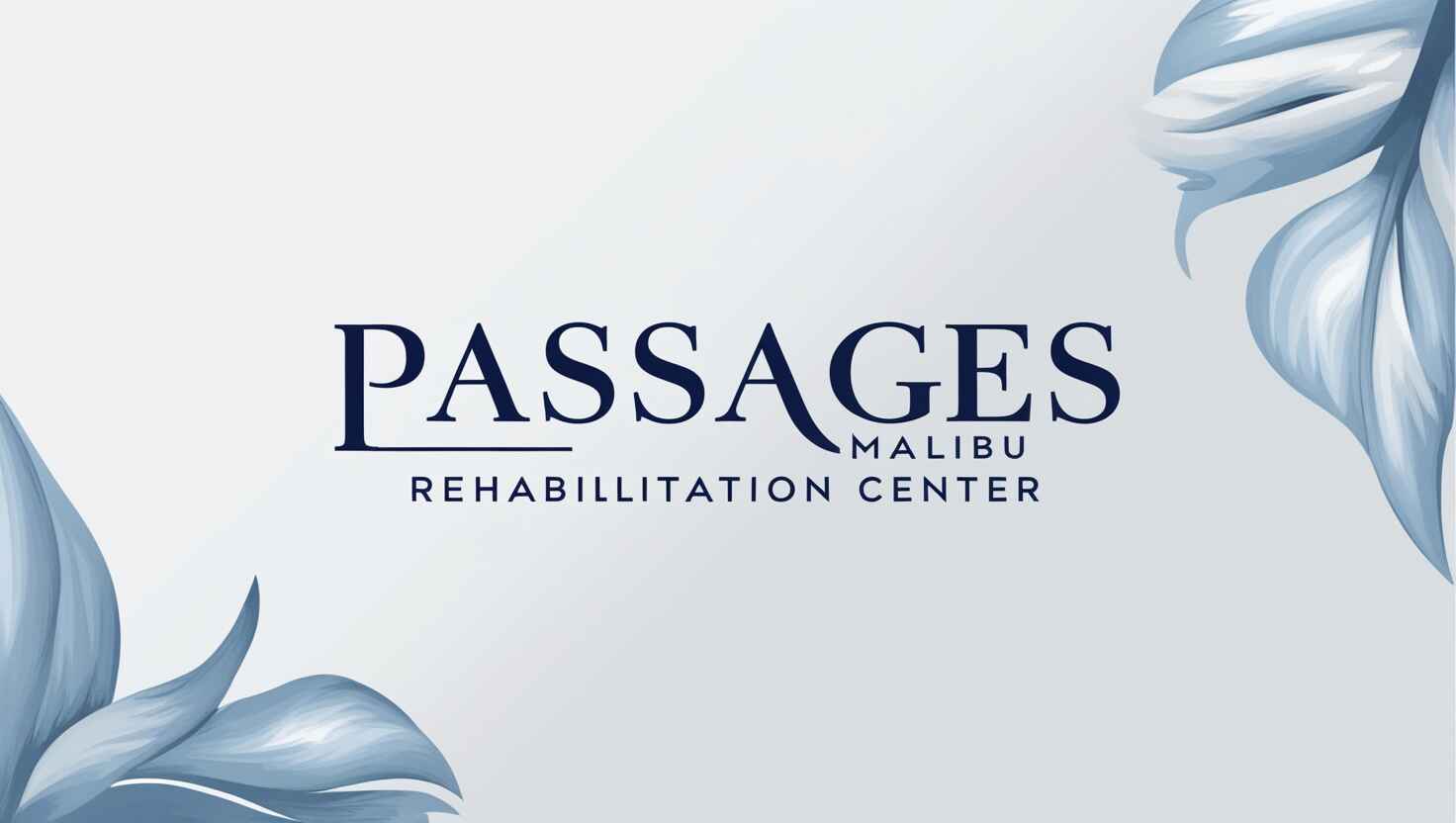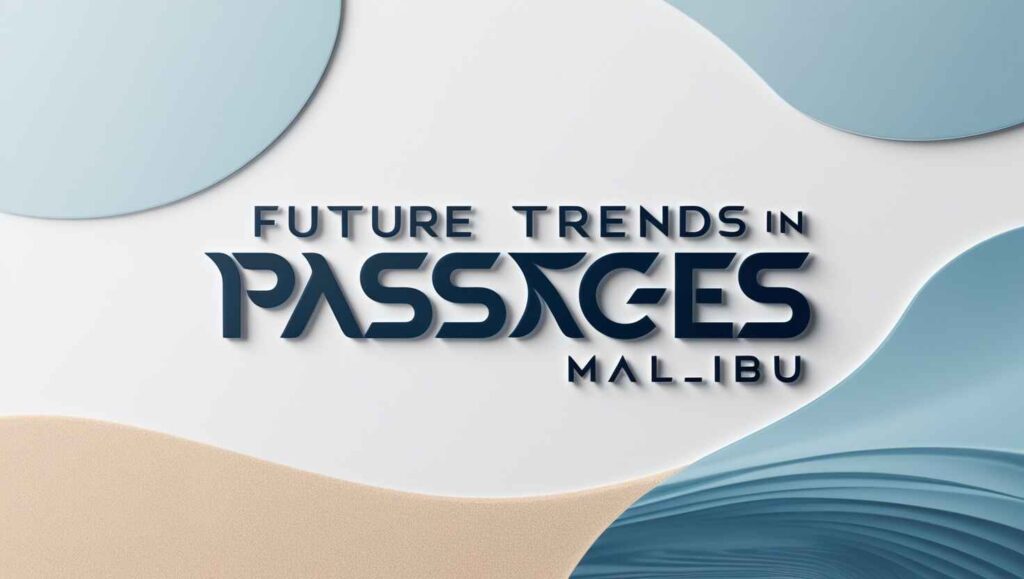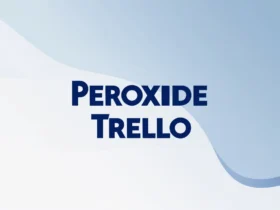
The passages malibu logo has undergone significant transformations since its inception, reflecting changes in branding strategies and consumer preferences. This article explores the history, design evolution, cultural impact, and current relevance of the passages about the Malibu logo while also addressing content gaps that could enhance the discourse surrounding this iconic brand.
Introduction
The Malibu logo is more than just a visual representation; it encapsulates the brand’s identity and spirit. As a symbol of fun and relaxation, it connects consumers to the carefree lifestyle associated with the Caribbean. Understanding its evolution provides insight into how brands adapt to maintain relevance in a competitive market. The logo serves not only as a marketing tool but also as an emotional touchpoint for consumers, evoking feelings of nostalgia and joy.
Historical Context
The original passage Malibu logo debuted in 1982, featuring a red semicircle representing the sun, flanked by two dark brown palm trees. This design aimed to evoke feelings of warmth and tropical leisure, aligning with the brand’s image as a summer drink. Over the years, as consumer tastes evolved, so did the logo, reflecting broader trends in branding and marketing. The initial design successfully captured the essence of relaxation and escapism that Malibu sought to convey.
Design Evolution
- 1982–2013: The initial logo was characterized by bold serif lettering and a simple color palette. It effectively communicated the brand’s tropical essence but lacked modern appeal. The use of classic typography aimed to evoke a sense of tradition and quality.
- 2013–2019: A redesign introduced a more vibrant color scheme with shades of orange and an updated emblem that retained elements from the original logo. This iteration aimed to refresh the brand’s image while maintaining continuity. We intended the brighter colors to appeal to a younger demographic seeking excitement and adventure.
Comparative Analysis
To provide context for the passages malibu logo’s branding journey, it is beneficial to compare its logo evolution with those of similar brands in the beverage industry. For instance, Bacardi has also undergone several logo changes to reflect its heritage while appealing to modern consumers. By analyzing these differences and similarities, readers can gain insights into industry trends and understand how Malibu differentiates itself through its branding strategies. An exploration of competitors’ branding strategies could reveal how Malibu has carved out its unique niche in a crowded market.
User Engagement
Including insights or testimonials from designers or brand strategists involved in the passages malibu logo evolution would add depth and authenticity to this narrative. Engaging with professionals who contributed to the redesigns can provide readers with an insider view of the creative processes, challenges faced during redesigns, and the rationale behind specific design choices. These perspectives can enrich discussions about effective branding practices and serve as valuable lessons for aspiring marketers and designers.
Visual Elements
Incorporating images or diagrams that showcase each iteration of the Malibu logo would significantly enhance reader engagement. Visual aids can help illustrate design evolution, making it easier for readers to understand how each iteration reflects changing trends and consumer preferences. You could highlight specific design elements that have remained or changed over the years through side-by-side comparisons. Additionally, infographics summarizing key changes could provide quick visual references for readers.
Cultural Impact
The passages malibu logo has transcended its role as a mere brand identifier; it has become a cultural icon associated with leisure and enjoyment. Its imagery evokes memories of summer vacations and beach parties, making it instantly recognizable. The logo’s presence in advertising campaigns has reinforced its connection to carefree living, further embedding it into popular culture. A deeper exploration of how societal trends have influenced public perception of the Malibu brand would enrich this discussion. Analyzing successful marketing campaigns that effectively used the Malibu logo could provide insight into how consumers relate to the brand today.

Future Trends
Speculating on emerging trends in branding can provide a forward-looking perspective on how Malibu might adapt its passages malibu logo in response to evolving consumer expectations. Trends such as minimalism, sustainability, and digital-first strategies are reshaping branding practices across industries. Discussing these trends can help readers understand potential future directions for Malibu’s branding strategy and how they may influence consumer engagement moving forward.
Current Logo
The current passages malibu logo is designed to appeal to millennials and Gen Z consumers who seek authenticity and vibrancy in branding. Its modernized look not only enhances visibility in e-commerce but also aligns with contemporary design trends that prioritize simplicity and clarity. This strategic focus on appealing visuals helps create an emotional connection with consumers who value experiences over products.
Conclusion
The evolution of the passage Malibu logo is a testament to effective branding strategies that adapt to changing consumer preferences while maintaining core values. By addressing existing content gaps—such as comparative analyses, expert insights, visual elements, cultural significance, future trends, and SEO optimization—discussions surrounding this iconic logo can become more comprehensive and engaging for readers. As Malibu continues to evolve, its passages malibu logo will likely remain a central element of its identity, embodying the spirit of fun and relaxation that defines the brand.
Frequently Asked Questions (FAQs)
What do the passages malibu logo represent?
The passages malibu logo symbolizes fun, relaxation, and the carefree spirit associated with tropical living. Its elements—such as palm trees and sunsets—evoke feelings of warmth and leisure.
How has the passages malibu logo changed over time?
The passages malibu logo has evolved from its original design featuring bold serif lettering and simple colors to more vibrant iterations that incorporate modern aesthetics while maintaining core elements like palm trees and sunsets.
Why is visual identity important for brands like Malibu?
A strong visual identity like the passages malibu logo helps brands communicate their values effectively, connect emotionally with consumers, and differentiate themselves in a competitive market.
What are some key elements of the current passages malibu logo?
The current version features lifted palm leaves, an enhanced sunset motif with deep browns for the wordmark, and white for the bottle—elements designed to resonate with younger consumers while reflecting contemporary design trends.
What inspired the design of the passages malibu logo?
The design of the passages malibu logo draws inspiration from Caribbean sunsets, symbolizing relaxation and enjoyment associated with tropical environments.
How does Malibu maintain relevance among younger consumers?
Malibu keeps its brand fresh by continuously updating its visual identity through designs like the passages malibu logo, which appeal to millennials and Gen Z by reflecting modern aesthetics while preserving nostalgic elements.
What are some common uses for Malibu products?
Malibu products are often used in cocktails such as Piña Coladas or enjoyed simply mixed with soda or fruit juices—making them popular choices for summer gatherings.
How does Malibu’s branding strategy differ from traditional liquor brands?
Malibu’s branding strategy emphasizes fun, tropical imagery through logos like the passages malibu logo, distinguishing itself from traditional liquor brands that may focus more on heritage or craftsmanship alone.










Leave a Review